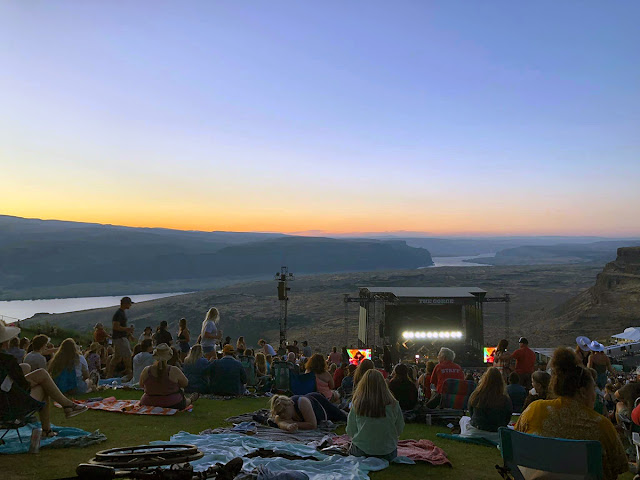By Doug Adamson
A multi-year effort to correct 29 culverts under US 101 and State Route 109 is now underway. These 29 culverts, located in Grays Harbor, Jefferson and Clallam counties, are being replaced now through 2026.
Correcting 29 culverts sounds daunting, especially if you live, work or travel through the area. It’s going to be a challenge and while we have a plan to try to keep people moving as we open new habitat for fish, we need people to prepare for some challenges.
 |
| An old culvert under US 101 in Grays Harbor County is being replaced in July. |
Nuts and bolts of the work
Our contractor will remove old, outdated culverts which are barriers to native fish. After digging through both lanes of the highway, we will replace the culverts with new bridges or supersized concrete culverts. We then restore each stream.
If the terrain and surrounding area allow it, we’re able to build a bypass road around the work zone. The bypass road keeps travelers moving while crews work on the project. Sometimes the terrain or landscape doesn’t allow a bypass road, so we work with our local county partners to find detour routes. There’s also a benefit of using already established detour routes. It allows our contractor to get in, work around the clock, and get the work done faster to minimize the overall impacts to travelers. Building and eventually removing a bypass road adds a lot of time to the overall project.
2023 work zones – US 101 north of Hoquiam
We have six locations under US 101, about 10 miles north of Hoquiam where culverts are barriers to fish. This summer we’re fixing those barriers. At three of those locations, our contractor will have US 101 reduced to a single lane around the work zones. A temporary traffic signal will control the flow of traffic around those work zones on the single-lane road.
23-day closure of US 101 in July
The remaining three locations will require a total closure of US 101 with drivers using a 23-mile detour that starts near Aberdeen and Youmans Road.
- US 101 will close at 8 p.m. Sunday, July 9 around-the-clock until 11:59 p.m. Monday, July 31.
- During the closure, crews will work around-the-clock to remove and replace three culverts.
- Travelers will want to plan for additional travel time during the closure in July.
Work to correct culverts at all six locations under US 101 north of Hoquiam is anticipated to wrap up this fall.
 |
| The US 101 detour in Aberdeen |
 |
| The detour route for the US 101 closure in Grays Harbor County this July |
Future work zones in 2024 through 2026
Work happening this summer is just a warmup for what is coming in 2024 and beyond. In 2024, crews will begin to correct another 12 culverts under SR 109 from Hoquiam to Ocean City, and under US 101 in Jefferson and Clallam counties.
The map below shows all 29 culvert locations and how they are currently bundled with estimated construction timelines. Timelines can change based on supply chain issues, design challenges, weather and available crew. We will share more details about work happening on SR 109 and other sites on US 101 in early 2024.
 |
| A look at the 29 culvert locations that will be replaced in Grays Harbor, Jefferson and Clallam counties |
Plan ahead, stay informed, drive safe
There are going to be a lot of work zones across not only western Washington and the Olympic Peninsula, but also the entire state to navigate in 2023. We need all travelers to stay informed and plan ahead. Real-time traffic information is available on the statewide travel map and our app.
 |
| Be sure to slow down whenever you’re going through work zones. |
Please help keep road workers safe. Anytime you’re approaching a work zone please remember to:
- Slow down– drive the posted speeds, they are there for your safety.
- Be kind– our workers are out there helping to keep you safe and improve the roadways.
- Pay attention– both to workers directing you and surrounding traffic; put your phone down when behind the wheel.
- Stay calm – expect delays, leave early or take an alternate route if possible; no meeting or appointment is worth risking someone’s life.


























